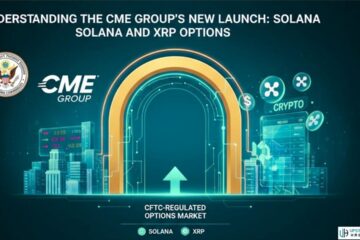Launching a token on the Solana blockchain combines modern technology with strategic planning. This guide outlines the process in three key stages: planning, launch, and post-launch, designed to set up, release, and grow your Solana token effectively.
Planning Stage
Develop Clear Tokenomics
- Define token supply, distribution, utility, and any deflationary mechanisms.
- Align tokenomics with target audience needs and preferences.
- Clearly define incentives and decide on mechanisms for token burning, minting, and staking if applicable.
Selecting a Token Creation Platform
4. Choose platforms like Solr Network for their transparency, reliability, and adherence to best practices in metadata and authority management.
- Consider platforms well-regarded within the Solana community with a proven track record.
Technical Setup and Development
6. Set up a Solana wallet with adequate SOL for transaction fees.
- Utilize Solana’s command line tools to create and manage your token.
- Develop your token’s smart contract using Rust or C.
- Compile and deploy your token’s program code using Solana’s SDK.
- Conduct thorough testing on Solana’s Devnet before moving to Mainnet.
- Establish a mint account and decide on the initial supply of tokens.
- Implement token metadata standards like the Metaplex Token Metadata program for NFTs or fungible tokens.
- Secure your token’s smart contract through audits from reputable security firms.
Community Initiation
14. Set up communities on social platforms such as Reddit and X (formerly Twitter) to start building a base of supporters and early adopters.
Launch Stage
Handle Metadata Responsibly
15. Create appealing and professional metadata for your token, including name, symbol, logo, and description.
- Decide between centralized storage like AWS or decentralized storage like IPFS for independence and reliability.
Managing Authorities
17. Revoke mint authority after the initial mint to prevent inflation.
- Retain update authority for necessary future changes but secure it with methods like multi-signature wallets.
- Remove freeze authority to ensure continuous liquidity and reassure investors.
Community Engagement and Building
20. Engage with your community via social media, forums, and webinars.
- Host virtual events and AMAs to foster engagement and gather feedback.
Post-Launch Stage
Marketing and Promotion
22. Develop a strategic marketing plan using various channels to promote your token.
- Highlight your token’s unique value propositions to attract users and investors.
Monitor and Adapt
24. Check the performance and reception of your token on major token screeners like DEXScreener and BirdEye.
- Continuously adapt your strategy based on feedback and market conditions.
Regular Metadata Updates
26. Regularly review and update metadata to maintain accuracy and transparency.
- Keep the community informed about any changes and developments with your token to build ongoing trust and engagement.
Advanced Considerations
28. Explore cross-chain interoperability if your token will benefit from broader blockchain ecosystem interactions.
See Also: Casinu Inu: Vitalik Buterin’s Groundbreaking Venture Into Meme Coin Creation










